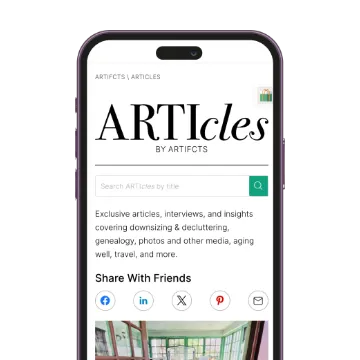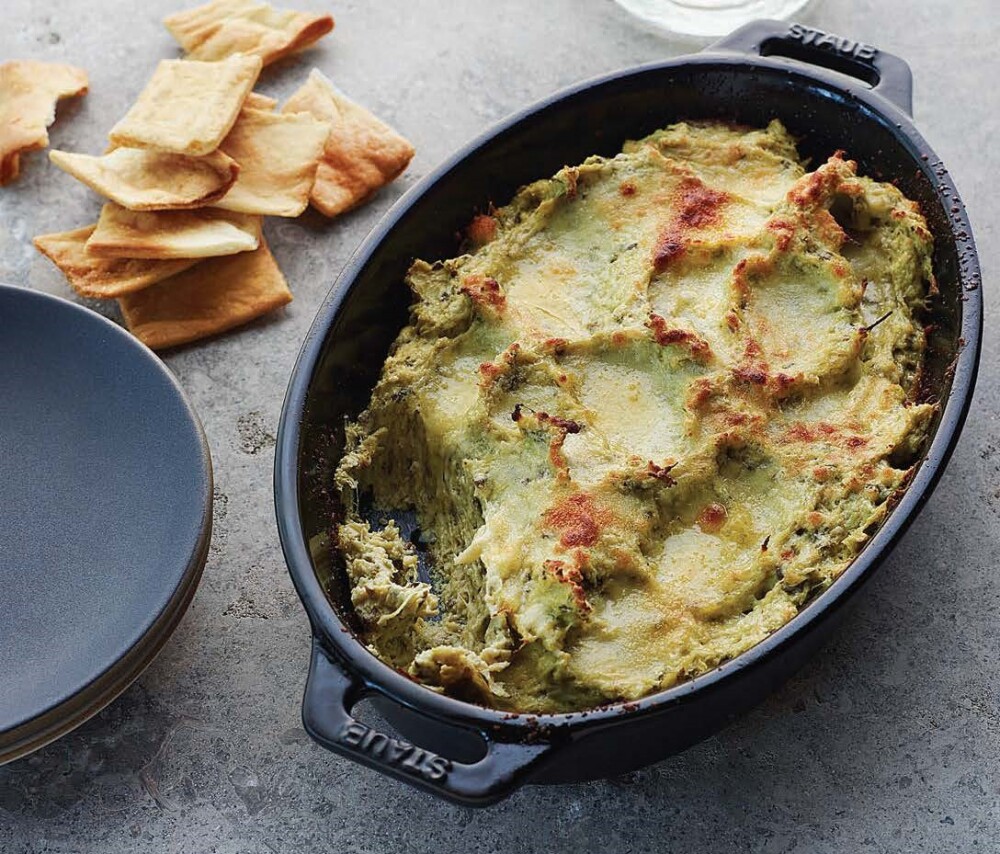As co-founders, Ellen and I are always meeting interesting people at Artifcts. We were very fortunate to be introduced this spring to Rainer Jenss, founder of the Family Travel Association, former senior executive with National Geographic, and an avid traveler. We loved talking with Rainer so much that we invited him to be our first guest author at ARTIcles. Read on to learn more about his story and experience using Artifcts to remember his 2022 travels in Africa.
_____________________
My wife Carol and I recently returned from a vacation we took to Africa with 25 other people, most of whom we’d never met before, but all who had some kind of connection to the tour’s organizers, Henry and Claire Kartagener. In my case, I’ve worked in the travel industry with Henry Kartagener for years. He’s also been directly responsible for getting Carol and me to Southern Africa several times already, including our first visit back in 1992 that took us on a safari during which we actually ended up getting engaged. Thirty years later, we found ourselves returning yet again, but this time as part of a “Friends of Henry” contingent, some of whom had been to the continent before, many of whom had not.
As I’ve noticed on other trips we’ve been on as part of a group, conversations between people often turn to sharing travel stories. Some just recount something that happened that day, while others recall experiences from previous adventures. It’s as though the act of sharing travel memories with others somehow reinforces their meaning – and all the while, hopefully inspiring those who are listening.
I can relate. For me personally the tales from my life’s adventures traversing the planet and displaying some of the things I picked up along the way represent some of my favorite memories and what I’m most fond of in my life. I think we all probably feel that way in some way no matter how much of the world we’ve traveled. Either way, this idea only strengthens my conviction that traveling is one of the most important things we can do in our lives.
Taking it a step further, if I were asked to recall what our conversations were about, I’d say they usually revolved around the things most of us do while traveling, which include (in no particular order): visiting new places, trying new things, meeting new people, buying souvenirs, and of course, sharing pictures. In fact, it would be pretty easy to argue that thanks to the advances in cellphone technology, capturing and sharing the highlights of our journeys through pictures, whether they be bucket list vacations or just weekend getaways, seems to be the most common activity we almost all now seem to engage in.
But while putting our best-looking pictures on social media has become such an integral part of what we do while traveling, we usually do so without telling the broader stories behind the images we post. Sure, the photos themselves may look great and often make those we share them with envious. But on their own, they rarely capture why the person took it or what it means to them personally.
 The national flora of South Africa is the King Protea, symbolizing diversity, change and courage. Click the image to view the Artifct.
The national flora of South Africa is the King Protea, symbolizing diversity, change and courage. Click the image to view the Artifct.After recently having discovered Artifcts, I’ve found that it’s now possible to not only preserve and organize the special moments from my travels, I can now do so by also documenting the stories behind them. The very same stories I just might share with fellow travelers somewhere down the road.
Which brings us to what happened when I returned home after spending more than two weeks in Africa with 25 of my new best friends. As usual, I had 100s of images to sort through and edit. But this time, I did so with a different purpose and perspective. Sure, I still tried to pick out the ones that were the most visually compelling. But this time I made sure to set aside some photos of things I usually wouldn’t display in an album or share on social media. Instead, I paid special attention to the photos and videos of those things that best told the story of our trip. Best of all, I used the Artifcts I created to produce a virtual album I shared with those I spent my vacation with. For the purpose of this story, I’ve also made it available to the public in hopes it might inspire others to give it a try. Just go to my Artifcts page to check it out.
Happy Trails . . . and Happy Artifcting!
###
© 2024 Artifcts, Inc. All Rights Reserved.

























